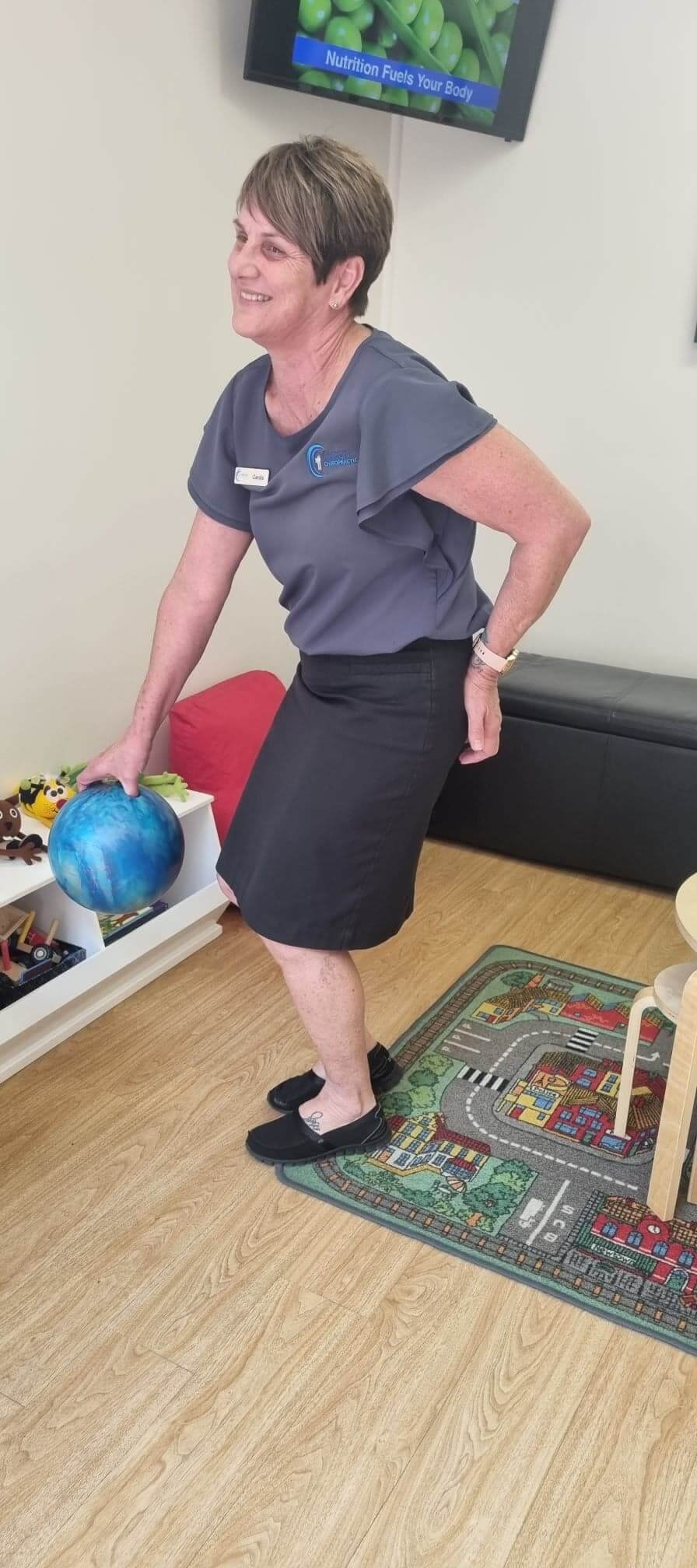Important facts about Sciatica
Sciatica: Causes, Symptoms, and Treatment Options
When it comes to back pain, there are few conditions that are more debilitating than sciatica. Sciatica is a general term used to describe the symptoms caused by compression or irritation of the sciatic nerve, which is the longest nerve in the body. Sciatica most commonly occurs when a herniated disc puts pressure on the sciatic nerve or when the piriformis muscle—a small muscle located deep within the buttocks—becomes tight and puts pressure on the sciatic nerve.
Causes of Sciatica
Most people don't realize just how common sciatica is. In fact, according to the American Chiropractic Association (ACA), approximately 4 out of every 10 people will experience sciatica at some point in their lives. So, what exactly causes this condition? Here are some of the most common causes of sciatica:
Herniated Disc: One of the most common causes of sciatica is a herniated disc. This occurs when the jelly-like center of a disc in your spine breaks through its outer layer and presses on the sciatic nerve.
Degenerative Disc Disease: Another common cause of sciatica is degenerative disc disease. This condition occurs when discs in your spine begin to deteriorate due to age or wear and tear. As the discs break down, they can put pressure on the sciatic nerve.
Spinal Stenosis: Spinal stenosis is a condition that occurs when your spinal canal begins to narrow. This can happen as you age, and your vertebrae start to degenerate. When this happens, it can put pressure on the sciatic nerve and cause pain.
Symptoms of Sciatica
Sciatica can cause a wide variety of symptoms, which can range from mild to severe. Some people with sciatica only experience minor discomfort, while others may find it difficult to even stand or walk. The most common symptom of sciatica is pain that radiates from the low back into one or both legs. Other common symptoms include numbness, tingling, weakness, and burning or shooting pain down one leg. In some cases, sciatic pain may be so severe that it interferes with daily activities such as work or exercise. If you're experiencing any type of leg pain, it's important to see a doctor or chiropractor so they can rule out other potential causes such as a blood clot or DVT (deep vein thrombosis).
Treatment Options for Sciatica
There are a variety of treatment options available for sciatica, which often depends on the underlying cause. Some common treatment options include over-the-counter medication such as ibuprofen or acetaminophen; physical therapy; exercise; acupuncture; massage therapy; and chiropractic care. In some cases, surgery may be necessary if other methods fail to provide relief. If you're suffering from sciatic pain, it's important to see a doctor so they can determine the best course of treatment for you.
Chiropractic care may help relieve tension in muscles and soft tissues around your spine that may be putting pressure on your nerves and causing your pain. A study published in 2016 found that manual therapies such as chiropractic care were effective at reducing symptoms of lumbar radiculopathy compared to no treatment at all. Other studies have also shown that chiropractic care may be an effective treatment option for lumbar disc herniation, lumbar spondylolisthesis, and sacroiliac joint dysfunction. If you're considering chiropractic care for your sciatic pain, be sure to consult with a licensed chiropractor to see if it's right for you.


